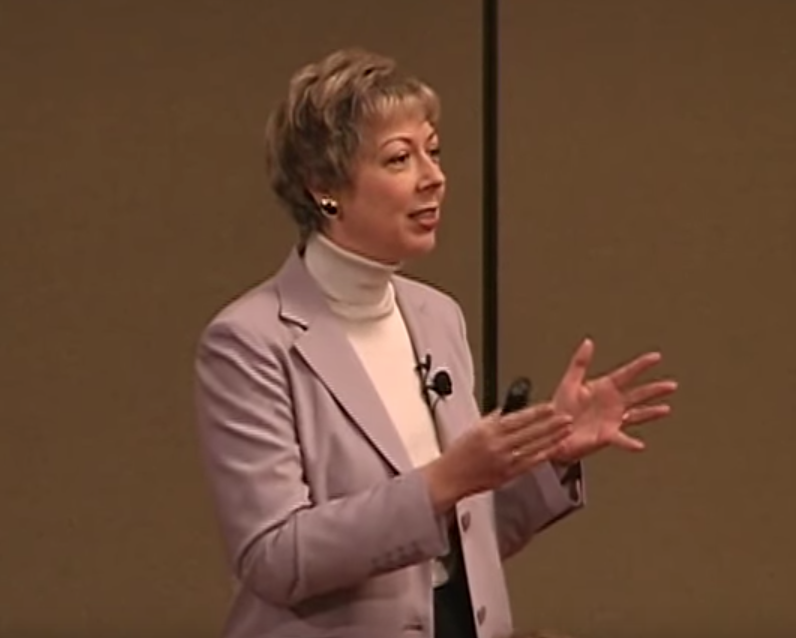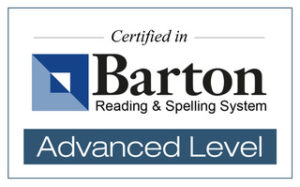We offer screening to determine if your child has dyslexia.
We understand the frustration of not understanding why your child has such a hard time learning. Since we have been in your shoes and walked this path before, we know how to work with your child to see them thrive.
Understanding the steps in the screening process:
The first step in the screening process is watch to the “Dyslexia Symptoms and Solutions” video below. It may answer all your questions!
If after watching this video, you would still like something more comprehensive to discover if your child fits the dyslexia profile, I offer a free 20 minute consultation. During that time, I will go over the two types of screening and will answer any questions you might have.
Erin
Brafford

As a dyslexia consultant, my goal is to determine if your child fits the classic dyslexia profile.
I offer 2 options in the screening process
Option 1: Screening Consultation Only
Consultation Only – The goal is to determine if your child fits the dyslexia profile based solely on an in-depth records review, examination of current schoolwork samples, and information shared by you in a face-to-face interview. If so, recommendations for tutoring and accommodations will be provided.
Option 2: Screening Consultation plus Comprehensive Screening with a Written Report
Consultation plus Comprehensive Screening with a
Written Report – The goal is to determine if your child fits the dyslexia profile based on an in-depth records review, examination of current schoolwork samples, information shared by you in a face-to-face interview, plus administer and score 8 informal screening tools including the CTOPP to determine if your child fits the dyslexia profile and has weaknesses in the areas listed in the research-based definition of dyslexia. Results of the screening will be reviewed in a face-to-face meeting with you, and you will leave with a concise 12 page written report that lists the results, my conclusion, and recommendations for tutoring and classroom accommodations.
Did you know dyslexia is the most common learning disability?
About 8 out of 10 the children who are placed in special education for a learning disability are dyslexic.


